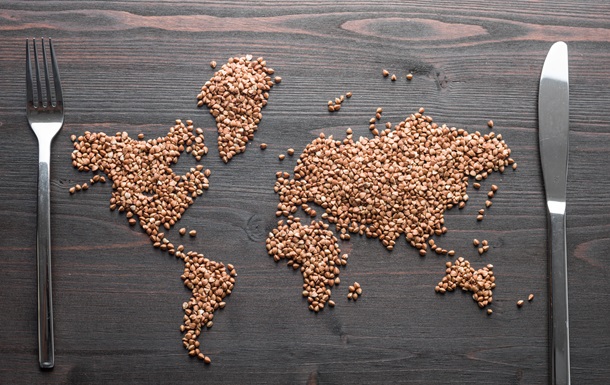Prices for some commodity groups are rising rapidly on the world market.
The largest increases were recorded in the categories of sugar, dairy products and vegetable oils, while the meat price index remained stable.
The FAO Food Price Index in February 2025 amounted to 127.1 points, which is 1.6% higher than the January figure. The growth was due to an increase in prices for sugar, dairy products and vegetable oils. This was reported by the FAO.
Overall, the index exceeded the level of February 2024 by 8.2%. At its peak level, this index was in March 2022, when it was 160.2.
Cereal prices: rising due to tight supplies and weather risks
The FAO Cereal Price Index stood at 112.6 points in February, up 0.8 points (0.7%) from January but 1.2 points (1.1%) below February 2024.
Wheat export prices rose as domestic stocks in the Russian Federation limited exports and shifted demand to other suppliers, pushing up world prices. Concerns about adverse weather conditions in Europe, Russia and the United States added pressure.
World maize prices continued to rise due to reduced seasonal stocks in Brazil, a deteriorating crop in Argentina and strong export demand for US maize.
Barley and sorghum prices also increased.
Meanwhile, the FAO Rice Price Index fell 6.8% in February on large export stocks and weak import demand.
Vegetable oils: prices rise amid production cuts
The FAO Vegetable Oil Price Index stood at 156.0 points in February, up 3.0 points (2.0%) from January and 35.1 points (29.1%) from February last year.
Palm oil prices recovered from a decline in January, reflecting a seasonal decline in production in Southeast Asia and expectations of stronger demand from Indonesia’s biodiesel industry.
Global soybean oil prices rose on sustained strong demand, particularly from the food sector.
Sunflower and rapeseed oil prices rose on concerns that inventories could decline in the coming months.
Meat: Stable prices with isolated fluctuations
The FAO Meat Price Index stood at 118.0 points in February, down just 0.1 points (0.1%) from January but up 5.4 points (4.8%) from a year earlier.
Poultry prices fell due to excess global stocks, driven by strong export capacity in Brazil.
Pork prices fell due to lower EU quotations, particularly amid trade restrictions on German pork.
Lamb prices rose due to strong global demand. At the same time, the decline in New Zealand exports was partly offset by higher slaughtering in Australia.
Beef prices rose due to higher Australian prices and strong global demand, particularly from the US, although this was partly offset by lower prices in Brazil due to a surplus of cattle.
Dairy: Rising demand supports prices
The FAO Dairy Price Index rose to 148.7 points in February, up 5.7 points (4.0%) from January and 28.0 points (23.2%) from a year earlier.
Cheese prices rose 4.7% for the third consecutive month, driven by strong import demand despite a recovery in European production.
Whole milk powder prices rose 4.4%, driven by robust demand and stagnant production in Oceania.
Butter prices rose 2.6% as seasonally reduced milk yields in Oceania coincided with strong domestic and international demand.
Skimmed milk powder added 1.8%, balancing rising European production with declining output in Oceania.
Sugar: Prices rise after three months of decline
The FAO Sugar Price Index rose to 118.5 points in February, up 7.3 points (6.6%) from January, after three consecutive months of decline. However, it remains 22.2 points (15.8%) below February 2024.
The main driver of the increase was concerns about a decline in global stocks in the 2024/25 season.
A worsening production outlook in India and adverse weather conditions in Brazil reinforced the seasonal effect.
The strengthening of the Brazilian real against the US dollar also contributed to the increase in global sugar prices, as Brazilian sugar became less attractive as an export.

